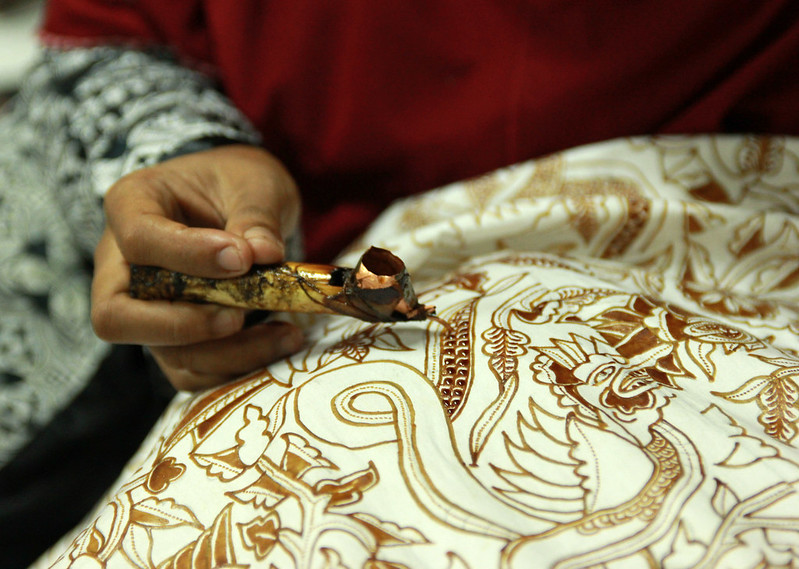The term ‘Batik’ is believed to be derived out of a word called ‘ambatik’, which translates into ‘a dotted piece of cloth’. Here are some facts to know about this eye-candy fabric and the history behind it.
Overview
In the special resist method used to create Batik, selected areas of clothing are covered with a substance that’s dye-proof. This works against the absorption of colours. While holidaying at a property such as The Residence Bintan, you can try your hands at this form of art, which is considered one of the best things to do in Bintan.
The Technique
The fabric used for batik is washed and boiled in plain water, and this is repeated multiple times. After that, certain areas of the clothe is blocked with hot wax, followed by the dyeing of the cloth. Parts that are covered with wax retain their original colour, while the other parts acquire the selected colour of dye. This leads to vibrant patterns on the cloth.
Types of Fabric Used
Batik usually works well on cotton fabrics. Material like silk, however, proves difficult to handle due to its wicking properties.
An Evergreen Dyeing Technique

Batik has grown to become rather popular across the globe; one reason for this is its durability. Colours used have much less tendency to wear out compared to printed fabrics.
Tools Used
In the 19th century, a tool known as the ‘cap’ was developed, which helped boost the industry, making the processes fast and more efficient. Designs can also be traced using ‘pola’, a type of stencil/pattern.

